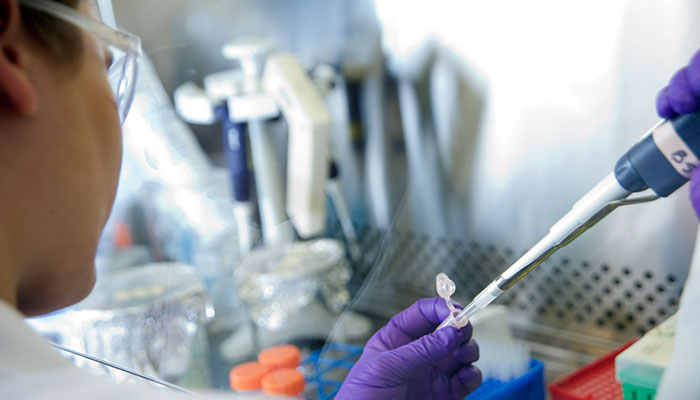Classification of Critical Research
Last Updated 4/1/2020
Due to the rapid spread of COVID-19, researchers have been instructed to ramp down any non-critical on-site research activities as of March 17, 2020.
The applicable definition of critical research activities should include the following, but may be modified as needed by your Chairs, Directors, and Deans’ criteria:
- Research that must be maintained for the health and safety of human subjects
- Research for which discontinuation would generate data and sample loss that would be effectively irreplaceable.
- Maintenance of critical equipment and a safe standby mode of laboratories.
- Maintenance of critical animal populations and/or ensuring the ethical care and conduct of research with animal subjects.
- Maintenance and care of plant populations (includes immortal populations of trees, strawberries, etc.) that are hard to recreate and represent decades of research.
- COVID-19 research with a timeline relevant to the current pandemic.
Research personnel that can complete research work away from on-site laboratories or campus spaces (these includes our remote laboratories and facilities) should continue to do so. However, in-line with the above critical designation, there are some personnel that must continue to work on-site to adhere with the safety procedures in their Standard Operating Procedures (SOPs). We define these essential on-site research personnel as follows:
- Personnel necessary to ensure the ongoing viability of research, including the well-being of research animals, essential plant populations, as well as maintenance of research material that are perishable or not easily replaced
- Vivarium staff
- Non-vivarium lab staff responsible for animal care
- Faculty and/or research staff necessary to maintain research material that are perishable or not easily replaced. This could be primary cell lines or long-term experiments where there would be considerable cost and/or time associated with requiring the experiment to end prematurely (e.g., if there has been a continual one-month long experiment that requires regular measurements or maintenance to maintain, and if stopped, all previous data will be lost).
- Individuals responsible for maintenance of equipment that, if not done, could result in damage (e.g., cryogenic filling of NMR spectrometers).
- Researchers working on experiments that have a small window for completion. (For example, the ability to make a specific measurement only a few times a year)
- Clinical researchers where the health and safety of human research participants could be impacted should research activities cease (e.g., an individual participating in a study involving a drug or device who must be monitored due to such use)
We recommend that teams critical to maintaining operations be divided into two or more fixed member groups. This will ensure continuity of critical functions should a single team member no longer be able to participate due to illness, and avoid potentially leading to all members of the team having to stop work. If critical operations rely on a single individual, contingency plans must be developed. Where possible, written operational procedures should be documented, and cross training of personnel may need to be accelerated. In the worst case, shutting down operations may be required
Latest News & Events







